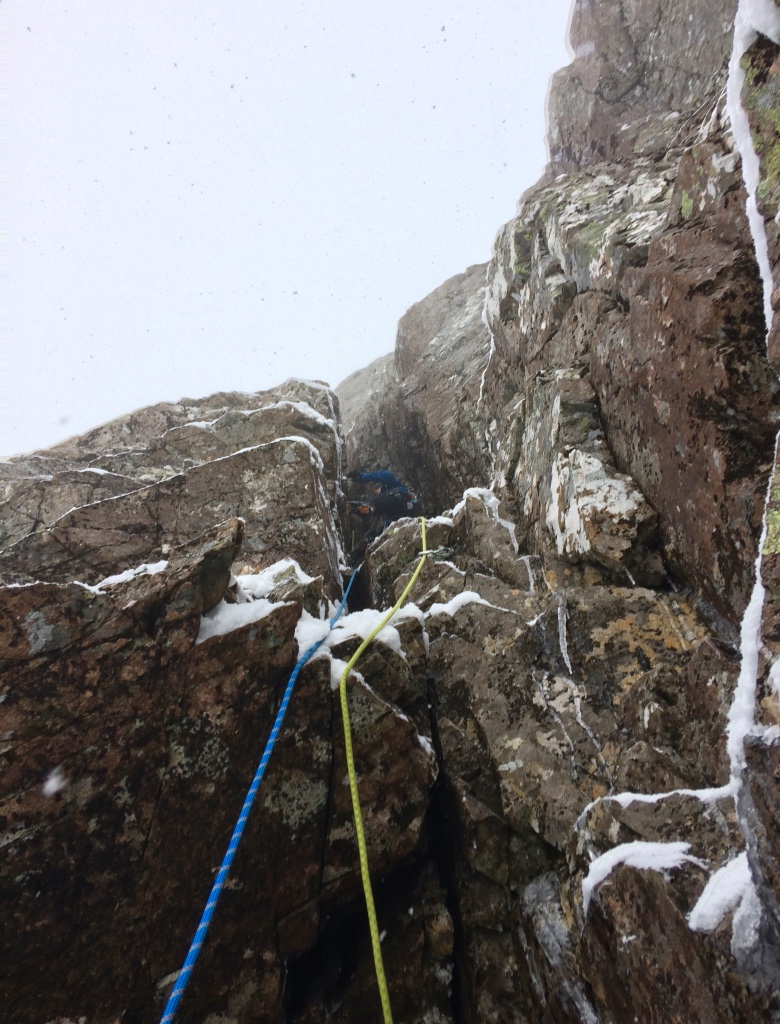07775 853 348


Have ever wondered about what to take out on the hill when going winter climbing. How many nuts shall I take? Should I take my cams? How many ice screws will I need? What pitons shall I take?
Here is our recommended winter climbing rack. Again, this is a general view, and is very dependent on the area you go to, the type of rock you will encounter, the length of the route, and the grade of the climb you will attempt. Again, when going out in winter, it is always a good idea to have several options, and not have your mind set on one route. As the conditions may be different to what is expected, or another party may already be on the route, or nearby.

This is a fairly extensive winter climbing rack, and will get you to a lot of places in Scotland. Depending on your style of climbing. You can add or take items away. If you prefer to go lighter/alpine style, you can thin out some of the protection, and maybe leave at home a quickdraw or two.
Or if you are looking to climb an ice route, you can drop some of the rock protection. But don’t leave it all behind. Make sure you take some with you, as you may need some in the odd place here or there. And will be grateful for having taken it.
On the other hand, if you are looking to climb longer routes, take more with you. Or if you are looking to climb a trickier-to-protect route, take a little more.
For most of us mere mortals, we are happy to continue climbing if we can protect ourselves from falling into the abyss. And take a 20m whipper. So as long as we can protect where we climb, we are happy.

The above winter climbing rack is only a suggestion, and can change on so many aspects.
If you have any queries regarding the above, feel free to contact us. If you are interested in one of our winter climbing courses, please follow the link below:
(*) below are some examples of the style of crampon used, depending on your venture
General mountaineering/climbing crampons up to grade IV (maybe V)
Climbing mixed ground of grade V upwards